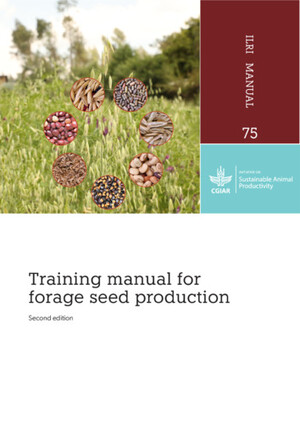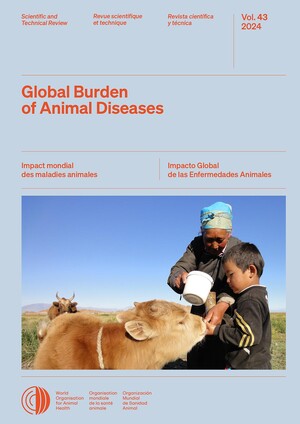
Next generation sequencing and genetic analyses reveal factors driving evolution of sweetpotato viruses in Uganda
Abstract
Sweetpotato (Ipomoea batatas L.) is an essential food crop globally, especially for farmers facing resource limitations. Like other crops, sweetpotato cultivation faces significant production challenges due to viral infections. This study aimed to identify and characterize viruses affecting sweetpotato crops in Uganda, mostly those associated with sweetpotato virus disease (SPVD). Infected leaf samples were collected from farmers’ fields in multiple districts spanning three regions in Uganda. MiSeq, a next-generation sequencing platform, was used to generate reads from the viral nucleic acid. The results revealed nine viruses infecting sweetpotato crops in Uganda, with most plants infected by multiple viral species. Sweet potato pakakuy and sweet potato symptomless virus_1 are reported in Uganda for the first time. Phylogenetic analyses demonstrated that some viruses have evolved to form new phylogroups, likely due to high mutations and recombination, particularly in the coat protein, P1 protein, cylindrical inclusion, and helper component proteinase regions of the potyvirus. The sweet potato virus C carried more codons under positive diversifying selection than the closely related sweet potato feathery mottle virus, particularly in the P1 gene. This study provides valuable insights into the viral species infecting sweetpotato crops, infection severity, and the evolution of sweet potato viruses in Uganda.
Citation
Adero, J., Wokorach, G., Stomeo, F., Yao, N., Machuka, E., Njuguna, J., Byarugaba, D.K., Kreuze, J., Yencho, G.C., Otema, M.A., Yada, B. and Kitavi, M. 2024. Next generation sequencing and genetic analyses reveal factors driving evolution of sweetpotato viruses in Uganda. Pathogens 13(10): 833.










